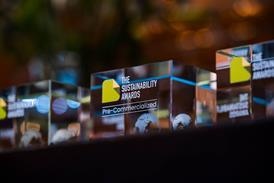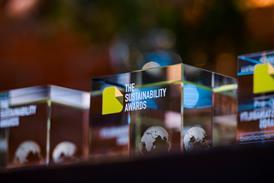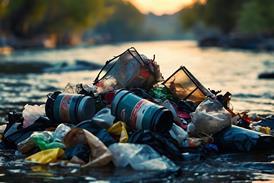P&G faces lawsuit alleging misleading environmental claims on toilet paper packaging

Hagens Berman has filed a class-action lawsuit against Procter & Gamble, alleging that on-pack environmental claims about its Charmin toilet paper ‘mask’ the corporation’s ‘widespread deforestation practices’.
ALREADY A REGISTERED USER? SIGN IN now
Subscribe (for free) to read this article
Become a subscriber to read this story, as well as other exclusive articles and interviews. The process is entirely free and takes no time at all.





